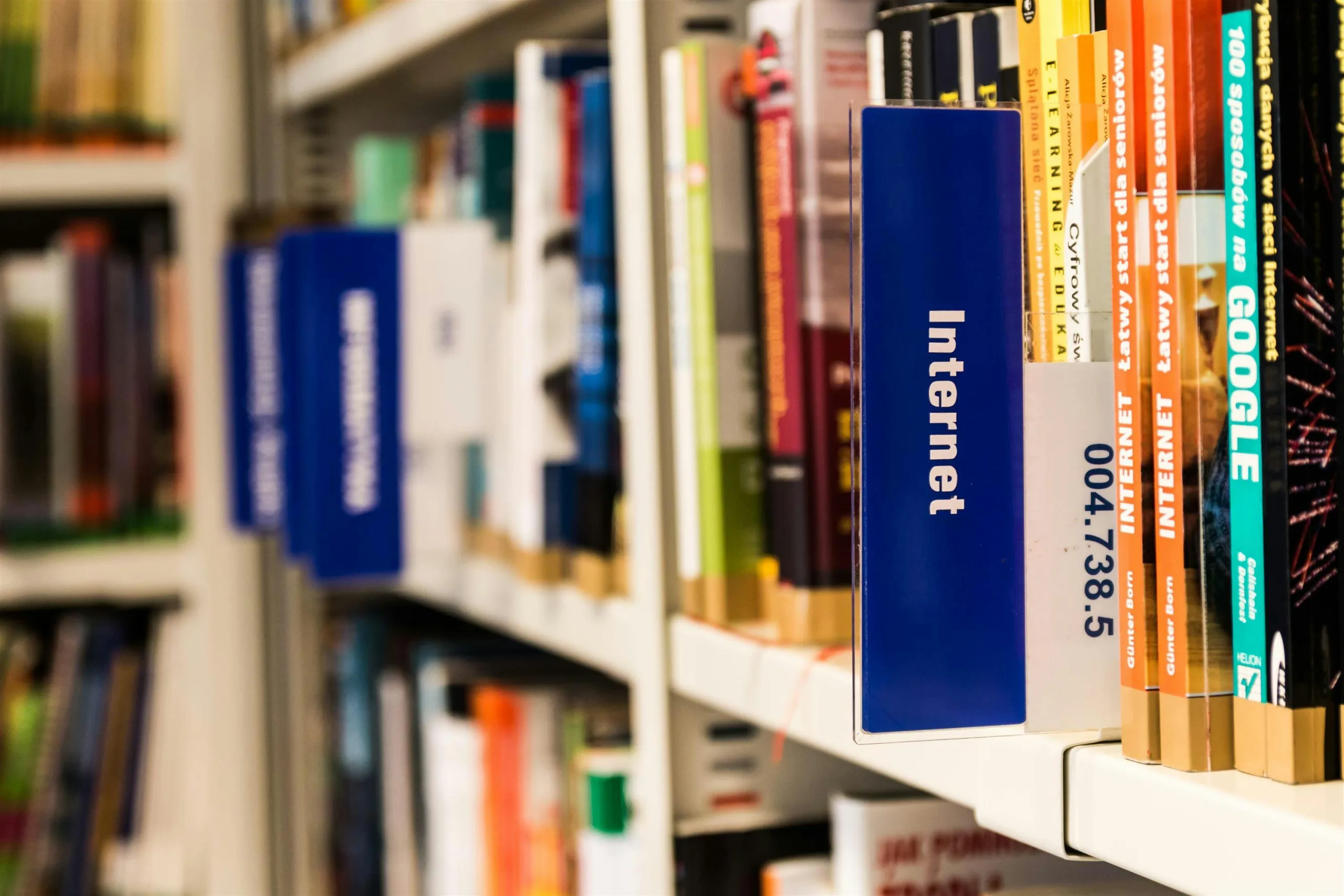- Learn how the industry works,
- Learn the creative and artistic skills of the trade
- Learn how to market your work
- Develop an understanding of the ethical issues and laws relating to the field.
Use this course as a step toward self publishing, furthering your opportunities working for publishers, or starting your own business. You will also have a chance to undertake a stimulating publishing project and implement the skills you have learned. Continuing on with the courses Publishing B and Publishing C Business Practices will round out your knowledge of this complex and entertaining industry.
Course Aims:
- Define the scope and nature of publishing today.
- Describe some of the processes that are commonly used to perform work tasks in the publishing industry.
- Identify a viable process to follow for desktop publishing of a small publication for printing on paper.
- Identify a viable process to follow for desktop publishing of a small publication in an electronic format (eg. E book or web site).
- Evaluate different types of illustration for ease and relevance for use in different publishing situations.
- Determine photography appropriate for inclusion in a publication.
- Determine research required appropriate to the needs of a publication.
- Determine a marketing strategy appropriate to the needs of a publication.
- Identify the impact of legal and ethical issues on a publisher.
- Plan the production and marketing of a publication.
There are 10 Lessons in this course:
1. The Publishing World
-
- What is publishing?
- The publishing world
- The publisher
- Production manager
- Editor
- Designer
- Marketing staff
2. Publishing Procedures and Techniques
-
- Overview of the publishing process
- The Production schedule
- Page design
- Page layout –consistency, variety, simplicity, direction, white/blank space, headings, graphics, balance/propagation, contrast, etc.
- Establishing the skeleton of a document
- Pull quotes and side bars
- Typography –fonts, other settings
- Public Lending Rights
3. Desktop Publishing
-
- Word Processing
- Alternative publishing methods
- Printing on a Computer Printer
- Supplying a “Master” to a commercial printer
- Publishing electronically (e.g. Internet or CD)
4. Desktop Publishing
-
- Software options
- Use of colour
- Black and white
- Use of graphics,
- Putting it together, etc.
5. Illustration: Graphics
-
- Line illustrations
- Cartoons, photos etc.
- Freehand work
- Computer graphics, etc.
6. Illustration: Photography
-
- Photographic Equipment & Materials
- Composition
- Development of Photographic Style
- Portraiture
- Posing for Photographs
- Planning a Photo Session
- Studio Photography
- Fault Finding, etc.
7. Researching
-
- Types of Research (Exploratory, Experimental etc)
- Primary & Secondary Data sources,
- Planning a survey,
- Conducting an interview.
8. Marketing in Publishing
-
- Understanding marketing & publicity
- What makes a publication succeed or fail,
- Launches
- Press releases, etc.
9. Publishing: Ethics & The Law
-
- Public attitudes
- Accuracy of writing
- Bias
- Monopolies
- Media ownership concerns, etc.

